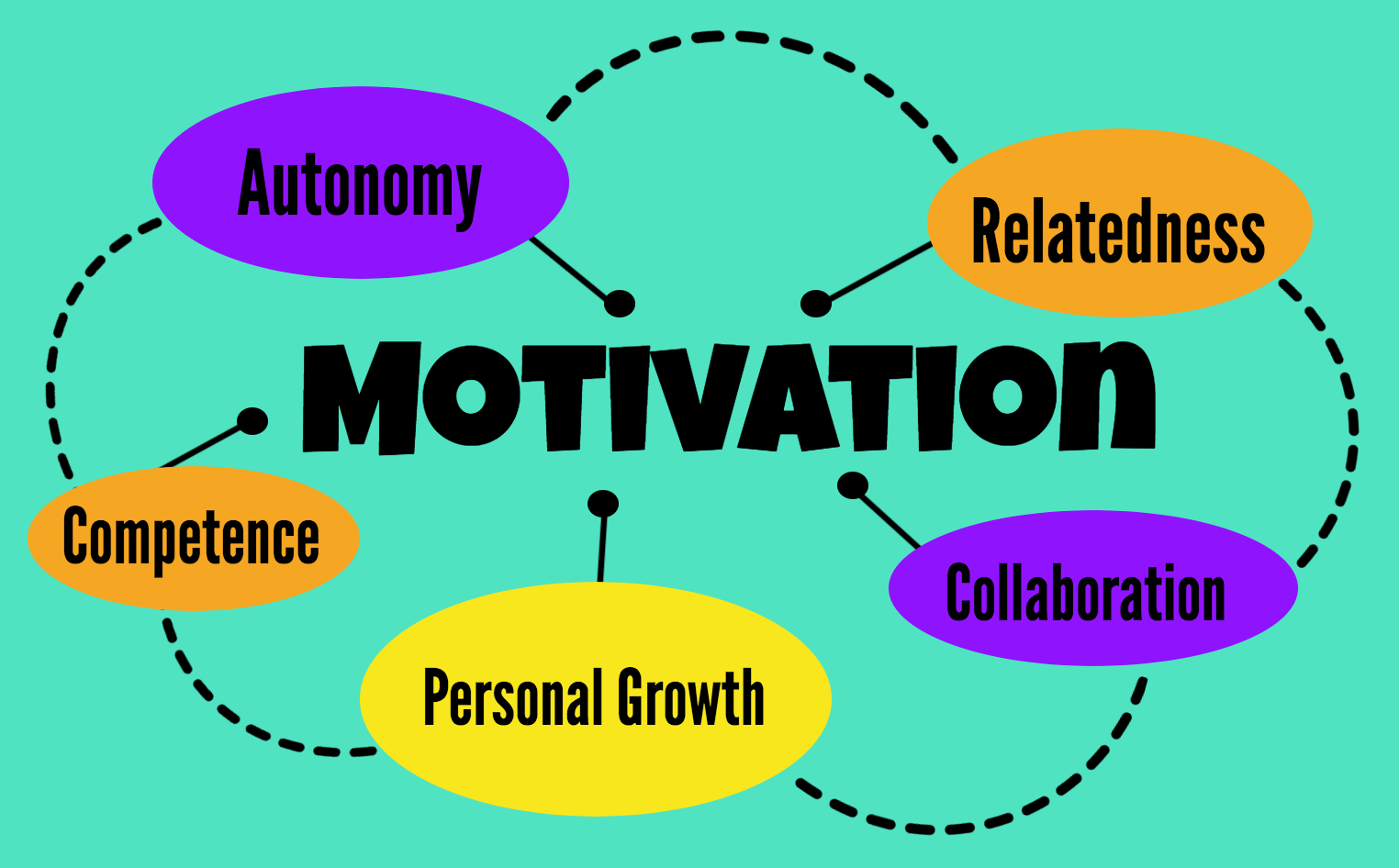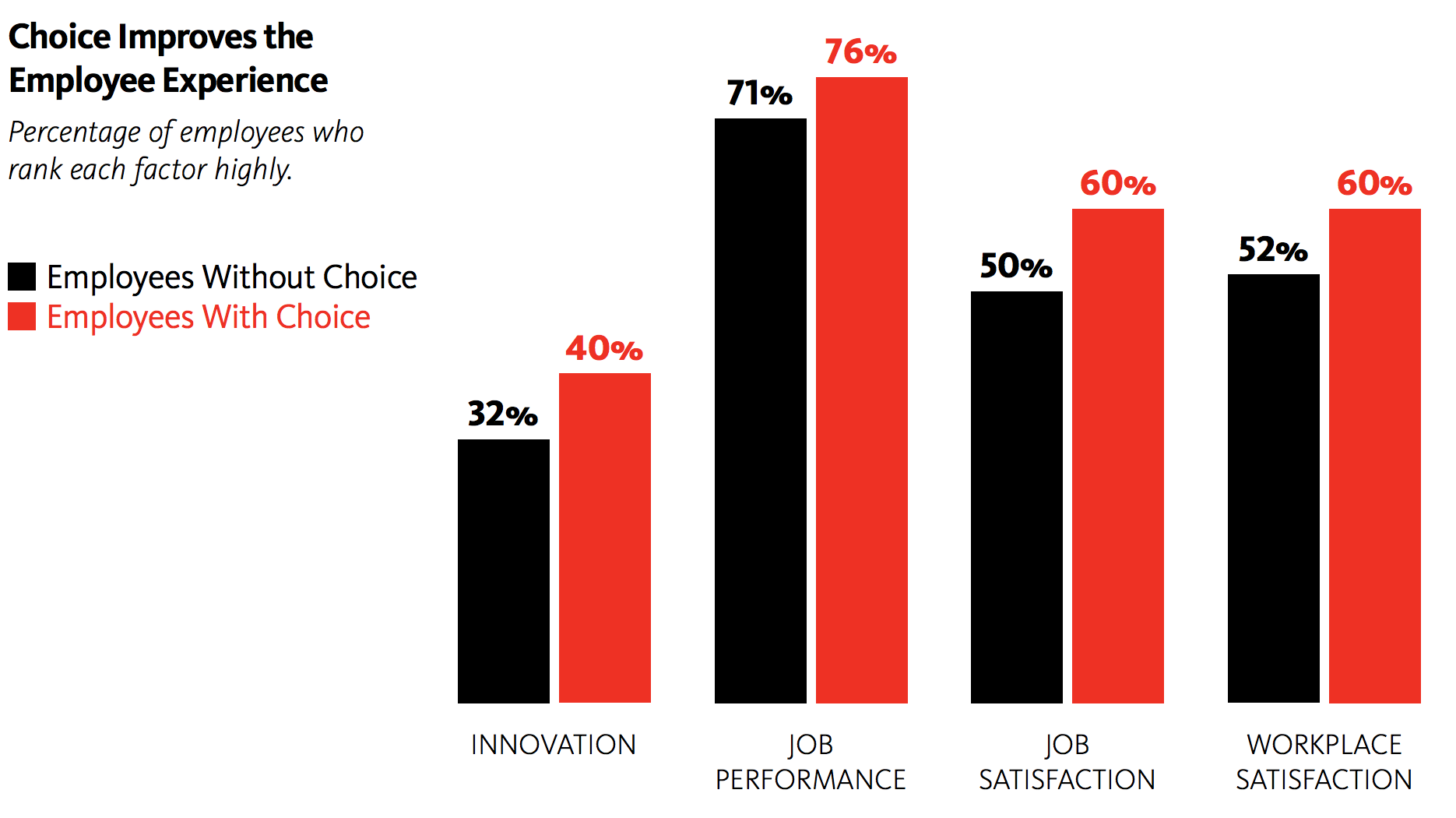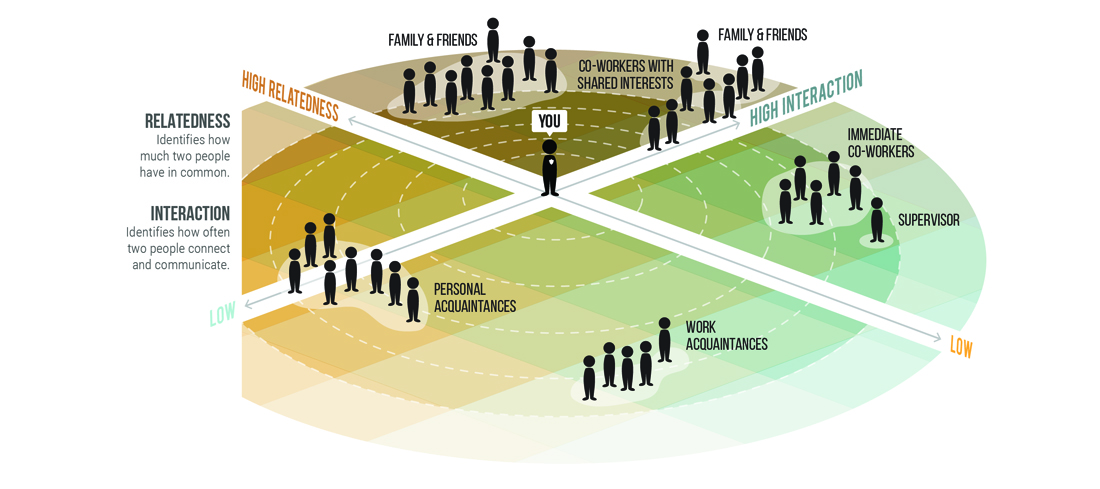Employees often say that the best way to motivate them is with a raise. But that’s not really the truth. Only 20% of employers in North America say that a pay raise drives higher levels of performance. Most of your employees are effectively lying if they say that more money will make them a better worker.
We’re all guilty of hiding what really motivates us. But our internal desires are often very simple to identify.
We all have basic human needs that get to the root of what truly motivates us. The Self-Determination Theory states that people have three basic needs—autonomy, relatedness, and competence.

Autonomy is the freedom for employees to choose what to work on and when to do it. Relatedness is the need to have close relationships with team members. Competence is the desire to master challenging projects.
As a manager, if you can meet these universal needs, your employees will grow and thrive within your company. We’ll discuss these needs to show how you can empower your team to succeed.
Autonomy for Greater Innovation
Apple’s 94% leadership approval rating is largely based on trust managers have in their employees to innovate without micromanagement. Employees like to be reminded that they have the freedom to make their own decisions and are trusted to do the right thing. In fact, it makes them more compliant.
A review of 42 studies showed that people were more likely to donate to charity or sign a petition when they were reminded that they were free to refuse the request. This means that just the mention of them having a choice made them more willing to comply. Based on the reciprocity rule, they felt obligated to give something in exchange for receiving the gift of autonomy.
But autonomy can do more than make your employees compliant—it affects your bottom line. In a study conducted at Cornell University, they found that businesses that gave employees autonomy grew four times faster than with a traditional management structure. These companies also retained more employees with only one-third of the turnover.
Employers can enable choice and resourcefulness with a combination of tools, training, and knowledge. Choice doesn’t just increase job performance—it also inspires innovation.

[Source]
This is the thought behind Google’s 20 percent time rule for their engineers. Google engineers can spend 20% of their time to work on a project that personally interests them. When they were given this opportunity to constructively apply their passion and autonomy, they created Gmail, AdSense, and Google News.
When you give your employees a measure of freedom and enable innovation, they feel like they have greater responsibility for their work. So when an employee tells you that they’re feeling stifled by micromanagement and would be more motivated with less supervision, they’re really craving autonomy.
Suppose you’re managing a client project. Give your team the freedom to decide how they’re going to meet those project goals. If they’re allowed to adjust their methods to their individual skills and preferences, they’ll have a greater sense of control over the outcome. If you can’t give them total freedom, then allow them to choose from several suggestions for how they might handle the project.
Relatedness for Enhanced Team Collaboration
We spend an average of 90,000 hours of our life at work. Your employees probably spend more time with your team than they do with their family and friends. Your team effectively acts like a second family, so it’s important that you create a structure for everyone to connect more personally.
A study on social relationships and health showed that a lack of social connection is more destructive to your health than smoking, obesity, or high blood pressure. On the other hand, people who feel more socially connected have higher self-esteem and are more trusting and cooperative.
The Society For Human Resource Management found that 77% of employees were more engaged at work because of their relationships with coworkers. They have a stronger sense of loyalty to their company and each other. Employees are more likely to want to avoid disappointing their teammates. They find more value in their work and have a sense of belonging when they receive appreciation from their coworkers.
Workplace relationships are shaped by two factors— interaction and relatedness. Interaction relates to how often two employees talk with each other, but relatedness defines shared interests between coworkers. When you combine high levels of relatedness with interaction, your team becomes like a second family.

[Source]
This is the thought behind Apple’s practice for applauding new retail store hires. It makes new hires feel like an appreciated member of the team on their first day. But beyond the first day, Apple store employees continue to cross-train each other by sharing valuable knowledge and skills. Their focus on collaboration helps new hires to grow and promotes a sense of belonging and community.
When your employees feel like they’re part of a team, they’re more likely to contribute meaningful work to their coworkers. So when an employee tells you that they often feel left out of projects and would like to work on them, they’re really seeking relatedness with their coworkers.
You can reinforce relatedness by doing more than just bringing your team together for weekly meetings. Team outings, whether that’s kayaking or karaoke night, can help your team members bond with one another. They’ll get the chance to know one another better and have fun outside of the office.
Competence for Personal Growth and Achievement
Stanford psychologist Carol Dweck came up with the concept of the growth mindset versus the fixed mindset. Your employees will avoid challenges and give up if they have a fixed mindset. But if they have a growth mindset, they’re always ready to learn and accept new challenges.
A group of psychologists within the APA found that students are more motivated by mastery goals than performance goals. Students who set performance goals had a fixed mindset and only focused on showing adequate ability to get a good grade. Students who formed mastery goals had a growth mindset and were more motivated to learn new skills in the face of challenges.
But you can further fuel this feeling of mastery by celebrating small wins along the way. The progress principle shows that small wins boost employee motivation to continue repeating those achievements. They have the urge to get better at their work and take on more challenging responsibilities.

[Source]
This is the idea behind why Zappos celebrates wins at every level. They celebrate big goals, such as a million-dollar sales record, with events like a parade through the building and a company-wide happy hour. On a smaller level, many departments have weekly or quarterly celebrations to give awards for individual employee achievements.
When your employees take pride in their accomplishments, they’re inspired to succeed even when they face challenges. When a newly onboarded employee expresses how they feel overwhelmed and would like more training, they’re actually motivated by seeking mastery.
When you set small goals for your team, it provides more opportunities to commend their hard work. Be specific in your commendation by tying it to the bigger picture. For example, don’t just stop at: “Great job on that software update.” You could instead say: “Great job on that software update—you fixed those bugs and our customers keep saying how much they love using it now.”
It’s a Manager’s Job to Motivate
We all have basic internal needs that go beyond external motivations like rewards or punishment. We want to exercise our free will, seek social approval, and feel a sense of pride when mastering challenges. But we often disguise our internal needs with the desire for an external reward.
As a manager, you can’t always find out what truly motivates your employees, but you can target their three basic inner needs. You can help them find a greater sense of satisfaction and accomplishment in their work. Most importantly, they’ll become more committed to doing the best possible work for you.
